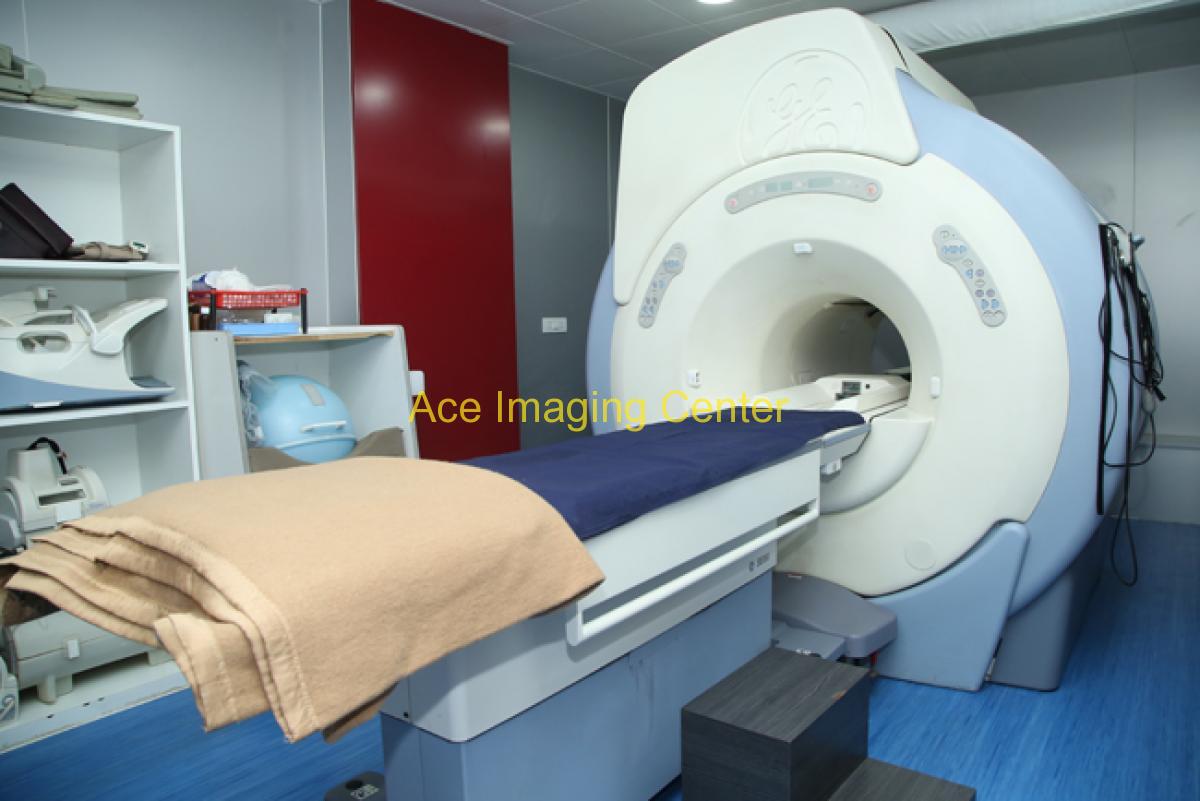What is a PET Scan?
PET stands for Positron Emission Tomography. It is a nuclear medicine imaging technique that produces detailed, three-dimensional images of the inside of the body. Unlike traditional imaging methods like X-rays or CT scans, PET scans detect changes at the cellular level.
How Does a PET Scan Work?
At the heart of a PET scan is the use of a radioactive substance, known as a radiotracer. This substance is injected into the body and accumulates in the area being examined. As the radiotracer undergoes decay, it emits positrons – positively charged particles. When a positron collides with an electron, both particles are annihilated, and two photons are produced. Detectors in the PET scanner pick up these photons, creating a map of the radiotracer distribution in the body.
This process allows medical professionals to observe metabolic activity, helping to identify abnormalities at an early stage.
Importance of PET Scans in Diagnosis
PET scans are particularly valuable in cancer diagnosis and staging. They can reveal the presence of abnormal cell activity, indicating the location and extent of tumors. This information is vital for determining the most effective treatment plan.
Moreover, PET scans are used in cardiology to assess blood flow to the heart, neurology for brain function studies, and in some cases, to investigate abnormalities in the musculoskeletal system.
Advancements in PET Scan Technology
Recent years have witnessed remarkable advancements in PET scan technology. The development of hybrid scanners, such as PET-CT and PET-MRI, has revolutionized diagnostic capabilities. These combinations allow for the fusion of anatomical and functional information, providing a more comprehensive understanding of the patient’s condition.
Additionally, researchers are exploring new radiotracers that can target specific molecules involved in disease processes. This targeted approach enhances the sensitivity and specificity of PET scans, improving their diagnostic accuracy.
Limitations and Risks of PET Scans
While PET scans are powerful diagnostic tools, they are not without limitations. One challenge is that they detect increased metabolic activity, which is not exclusive to cancer. Inflammation or infection can also cause similar changes, leading to potential false positives.
Moreover, the use of radiation in PET scans raises concerns, especially in repeated or prolonged exposure. However, the benefits of accurate diagnosis and treatment planning often outweigh the associated risks, and medical professionals take steps to minimize radiation exposure.
Conclusion: The Future of PET Scans
The future of PET scans looks promising with ongoing research and technological advancements. As we delve deeper into molecular and cellular imaging, PET scans will likely play an even more significant role in personalized medicine. Tailoring treatments based on an individual’s unique biological characteristics will be a key focus, optimizing outcomes and minimizing side effects.
In conclusion, demystifying PET scans involves understanding their fundamental principles, appreciating their current significance in medical practice, and anticipating the exciting possibilities that lie ahead. As technology continues to evolve, PET scans will remain at the forefront of diagnostic innovation, contributing to improved patient care and outcomes in the realm of modern medicine.

